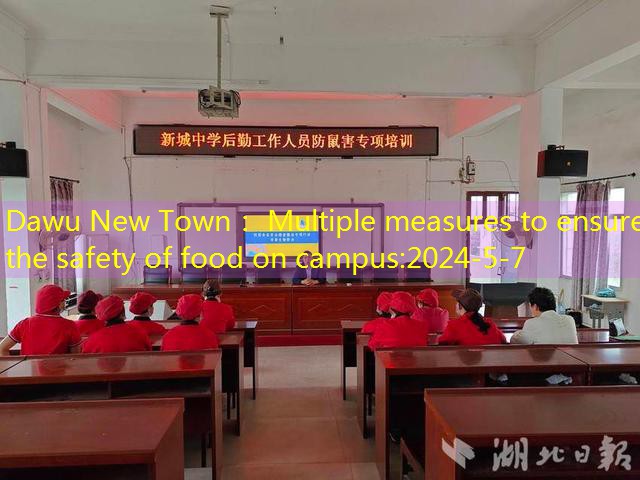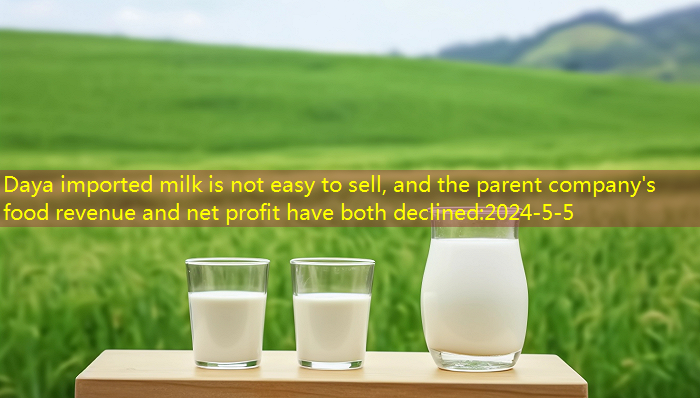Written article | Winter Kite
Audit | Erqi
On August 30, 2021, a tropical low voltage that originated from the coast of the west coast of Africa gradually developed into a hurricane -Hurricane Larry.On September 4, Larry reached level 4 in the middle of the Atlantic Ocean (the wind speed reached 178 to 208 km/h).Then it passed through the east of Bermuda,On the early morning of September 11th, landed in Dabana Bay, NewFoundland, CanadaEssence
When the residents of Newfoundland were busy dealing with and avoiding the hurricane, a group of scientists at 130 kilometers away from the landing location were excited.They are greeted by the arrival of Hurricane LarryEssence
Newfoundland island has a very low population density (1.4 people/square kilometers), and most areas are scarce and industrial development is very limited.Therefore, there are few environmental pollution caused by human activitiesEssenceAnd Hurricane Larry’s path before landing on NewfoundlandAll in the seaIt has not reached the main terrestrial area.For this group of scientists, this is an excellent opportunity to study an important issue:How many micro plastic can the land from the ocean bring to the land?
From the ocean to the atmosphere, and return to the land
Micro -plastic refers to plastic particles with a diameter of less than 5 mm. It can be seen almost everywhere where human activities are available.EssenceThe use, production, and discarding process of any plastic products may produce microplastics.The micro -plastic particles generated on the land may enter the river and eventually flow into the ocean.In addition, human maritime industries such as shipping and fishing may also bring micro -plastic to the ocean.
Earlier, many scientists believed that when plastic entered the ocean, it would always flow with the flow of oceans.EssenceIn this process, micro -plastic may be absorbed by marine life or sink into the bottom of the sea.Unless they are rushed to the beach by the ocean, they will stay on the ocean for a long time.
However, more and more studies have found that marine micro -plastic has a more efficient way to return to land than being rushed back to the coast.For example, some plastic particles can enter the atmosphere over the ocean through the rupture of bubbles in the ocean or the role of waves.The size and density of these micro -plastic can be brought to a far place by the atmosphere, and some of them may be brought back to the landEssence
And strong hurricanes like Larry may exacerbate the above process, Let more micro -plastic enter the air from the ocean.And these air -containing air will move with the hurricane. When the hurricane encounters land or cold waters, the suspended micro plastic may return to the land through heavy rainfall.
So how much micro -plastic did Hurricane Larry bring to Newfoundland?
Sprinkle tens of thousands of micro -plastic per square meter every day
These researchers waiting for hurricanes in Newfoundland have placed a glass collection device with a diameter of 200 mm and 1 meter high on the open ground, and fixed it tightly on the ground with a stake.There are some ultra -pure water in the device to capture the substances from the air to the ground, including micro -plastic.After the hurricane reaches the area where this device is located, a few days after the area is located,Researchers will collect samples in the device every six hoursAnd replace the new ultra -pure water to prepare for the next collection.
In the time from September 9th to September 12th, they collected a total of 11 samples.It was found that before or after the sampling point area passed by the hurricane, the number of micro -plastic particles per square meter per square meter was between 700 and 3,000 capsules.The number of micro -plastic particles fell per square meter per day reaches up to 113 569 (± 29 215) particlesEssenceThe actual quantity may be higher than the measured data, because this research cannot be counted as microplastic particles with a diameter of less than 1.2 microns.
In the micro -plastic collected from the sample,The most content is polymethylene acrylate (PMMA)This plastic ingredient is often used in marine industry activities because it can resist biological stains from algae or marine bacteria.Followed by acrylic (acrylic) and polyester (PES)The main source is the synthetic fiber in clothing, which means that these particles are likely to reach the ocean from land wastewater.
Analysis of the Hurricane route shows that within 48 hours at the reaching the sample collection point, Hurricane Larry is likely to pass through the garbage zone of the North Atlantic Sargasso Sea.The concentration of micro -plastic concentrations in the area reaches 580 000 capsules per square kilometerEssenceThis huge marine garbage zone is formed by bringing ocean flow to all parts of the world, and concentrated in the flow of vortex (GYRE, large -scale seawater closed ring circulation).
Hurricane Larry also passed the Labrador Current, while the Labrado ocean flow brought sea water from the Arctic Ocean.And even in the 7 -meter -deep waters under the Arctic Ocean,The concentration greater than 50 micron microchemicals also reaches 282 capsules per square meterEssence
Microplastic cycle
Newfoundland is a place where personal cigarettes are rare. They should have maintained the beauty of primitive nature and stay away from human pollution, but Hurricane Larry can sprinkle tens of thousands of micro -plastic every day in this place every day.There are many lakes in Newfoundland, and many micro -plastic may fall into these lakes.And due to the limited flow of the lake,These micro -plastic may stay in it for a long time, affecting the ecosystem in the lakeEssence
However, Newfoundland is not the only natural situation in the invasion of micro -plastic. Previously, there were also micro -plastic from large cities in remote mountainous areas.Even in the national parks and natural protection areas far away from human activities, there are traces of micro -plastic.EssencePublished in “Science” in 2020 (Science) A report shows that more than 122 tons of micro -plastic are deposited in the protection place in western United States each year.More outrageous,Scientists even detected the existence of micro -plastic in the snow of the North Pole.Essence
More and more scientists believe that the flow of micro -plastic particles in the environment is just like nitrogen circulation, carbon cycle and water circulation.A new biochemical cycle has been formed -micro -plastic cycleEssence
The micro -plastic on the ground may enter the atmosphere, or it may penetrate into the ground and migrate to groundwater and surface water.The micro -plastic in the water may also be transferred to the air, become sediments, or flowing to other downstream ecosystems such as the ocean.The micro -plastic that exists in various environments may be intake in the ecological environment, which will affect the ecosystemEssenceMicro -plastic may also pass along the food chain and food network to higher nutritional grades, but there is still lack of relevant system research.
But at least one thing is more clear:In areas where human activity is frequent, micro -plastic is nowhere to be availableEssenceEven if you do not use plastic products at all (although this is a very unrealistic assumption), micro -plastic in air and water may enter our bodies with breathing and diet.
Although the current research is relatively preliminary, there are already many evidence that it shows thatMicro -plastic can cause potential harm to the health of humans and other creaturesEssenceAt a larger scale,Micro -plastic may also have a large -scale impact on the climateEssenceFor example, after being decomposed, greenhouse gas is generated to accelerate global warming; affecting the absorption and scattering of radiation at the atmosphere, thereby affecting the heat transfer of the atmosphere; affecting the formation of clouds, thereby affecting the precipitation mode …
Therefore, micro -plastic is probably an inseparable part of this world.
Reference link:
https://www.nature.com/articleS/S43247-023-0115-7
https://www.nature.com/articleS/S41561-019-0335-5
https://www.sciencedirect.com/science/article/abs/pii/s026974911932517555
https://www.science.org/doi/10.1126/science.abc4428
https://www.science.org/doi/10.1126/sclence.aaz5819
https://journals.plos.org/plosone/article?id=10.1371/journal.pone.023274 #pone-0232746-G001
https://phys.org/news/2023-12-Hurricane-Highway-Microplastics- Remote-Newfoundland.html
https://www.nhc.noaa.gov/data/tcr/al1221_larry.pdf
https://phys.org/news/2024-03-LARGE-ACCUMUMUMUMUMUMUMUMUMUMUMUMUMLS-PEAN-GARBAGE.HTML
https://www.weather.gov/hgx/tropical_scale





